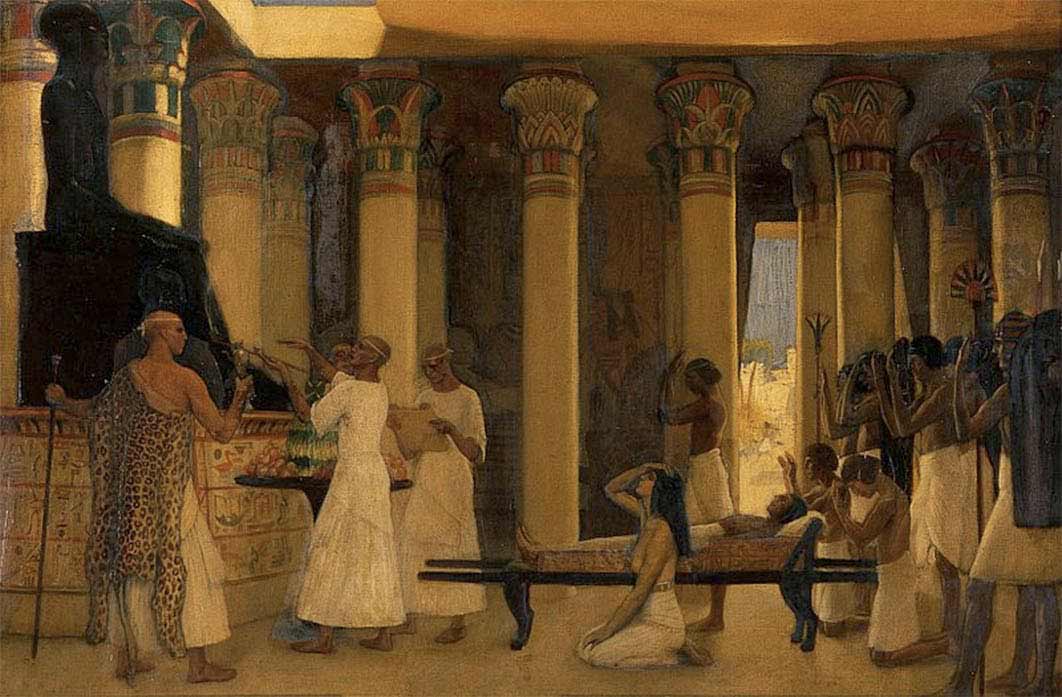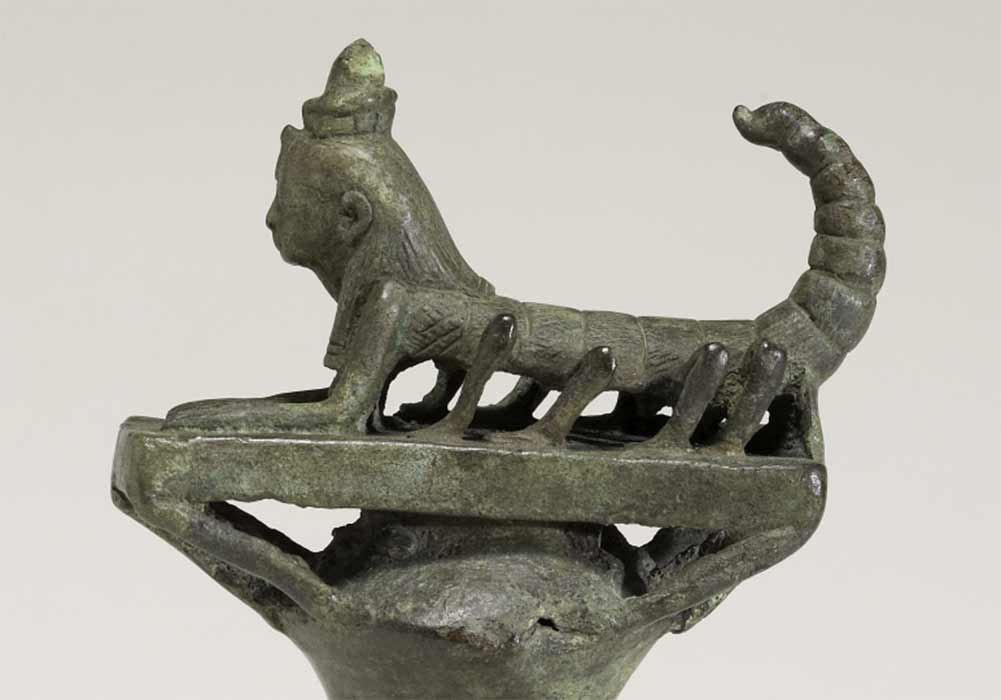
Therapies, Pseudo-Science And Bizarre Remedies Of Egyptian Medicine
Everything known about ancient Egyptian medicine comes from four different types of sources: works of art, the writings of ancient historians, palaeopathology and papyri. Medical papyri can be regarded almost as recipe books, detailing individual cases and their treatment and covers various topics. One can find, among other things, gynecological, ophthalmological and veterinary prescriptions; prescriptions for the treatment of burns, wounds, fractures; remedies for the treatment of various animal bites; beauty recipes; and, of no less importance, magical formulas.

An invocation to I-em-hetep, the Egyptian deity of medicine by Ernest Board. (Wellcome Images/ CC BY-SA 4.0)
Fusion Of Rational Practice And Magic
The author of an Egyptian medical treatise dating back to the time of Ramses I, the first pharaoh of the 19th Dynasty, who boasted of having been a pupil of the schools of Sais and Heliopolis, wrote that no remedy would be of any value without spells, and also that, on the other hand, no magic ritual would be effective unless accompanied by an appropriate therapy. Some scholars have observed that the fusion in medical texts, of magic formulas and recipes confirmed in their power by magic, is indicative of the ambiguity of the borders between medicine and magic. As the Egyptologist Ann Rosalie David has pointed out, diseases were divided into two classes: if the cause of the ailment was obvious, rational methods could be used to alleviate it; if not, magic was introduced to try to cure it. It should be noted that many prescriptions had a very ancient origin, and some were believed to be of divine origin.

Late period bronze figure of Isis-Serket, goddess of fertility, nature, animals, medicine, magic, and healing venomous stings and bites in Egyptian mythology. Walters Art Museum(Public Domain)
Different gods would be invoked to ensure the success of the cure. This is evidenced, for example, by the following invocation recited by a doctor during the preparation of a certain remedy: “Isis has freed Horo from all evil that was done to him. O Isis, great sorceress, deliver me from all evil and wicked things”. The sick man, for his part, while taking the prescribed medicine, was well advised to say these words: “Come, O remedy, come, drive out the evil from my heart and from these limbs of mine”.
It is true that Egyptian medicine was imbued with a combination of rational practice and magic, but it is also true, as Ann Rosalie David has pointed out, that the Egyptians were the first in the world to develop the medical profession and that the range of their medical diagnoses, surgical and pharmaceutical treatments was remarkable.

Relief of Hesy-Ra from his Mastaba. His most notable title was Wer-ibeḥsenjw, meaning either "Great one of the ivory cutters" or "Great one of the dentists", which would make him the earliest dentist whose name is known. (Public Domain)




